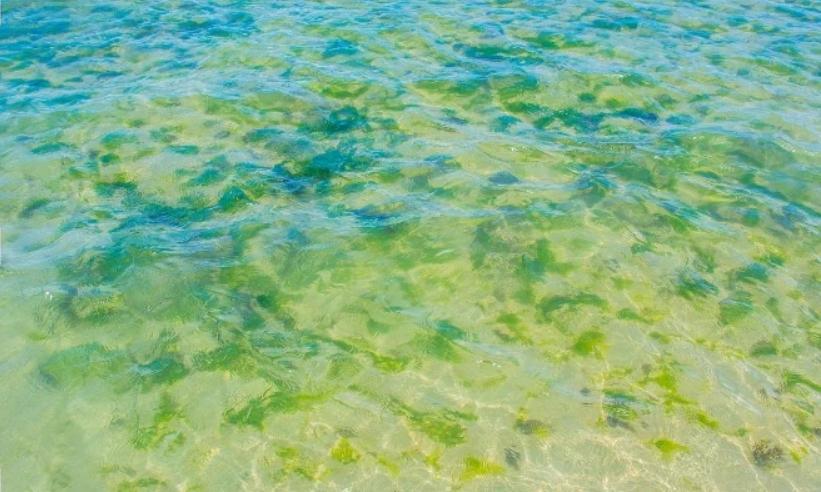LIFESTYLE
What is Another Name for Chlorine Bleach?

Proper chemical balance is essential to keeping your water safe and sparkling when it comes to pool maintenance. Since chlorine bleach is a common household and pool cleaner, it plays a key role in pool sanitation. But did you know chlorine bleach goes by another name? In this post, we’ll take a look at some of the other names for chlorine bleach how it’s used in pool maintenance, and how tools like a robotic pool cleaner might be able to help you keep a clean, healthy pool.
What is Chlorine Bleach?
Chlorine bleach, usually called “bleach,” is a common household chemical with strong disinfecting properties. It consists of sodium hypochlorite, a compound that is very successful in giving an end to bacteria and other microorganisms. Though it is frequently employed for laundry and general cleaning, its foremost function in pool maintenance is as a sanitizer, helping keep pool water safe from harmful contaminants.
Alternative names for chlorine bleach
You might see several different names for chlorine bleach depending on how it’s used and the brand. Among those that are the most common are:
Sodium Hypochlorite: This is the scientific name for the active ingredient in chlorine bleach, and you’ll find it under ingredients in many pool chemicals.
Liquid Bleach: This is basically a liquid variety of sodium hypochlorite, which is commonly used in cleaning and disinfection.
Pool Chlorine: They are the diluted forms of sodium hypochlorite, which when used in pool sanitation, is known as pool chlorine or pool sanitizers.
Liquid Bleach: This is another popular term for bleach in liquid form, especially when used for cleaning purposes.
Hypochlorite solution: In an industrial setting a diluted sodium hypochlorite solution is usually used known as hypochlorite solution, which again is nothing but the same stuff as chlorine bleach.
These names vary by the name of a codified convention, but all point towards different properties or applications of the compound. How to Use Chlorine Bleach in Pool Maintenance
The Mechanism of Chlorine Bleach in Pools
When added to pool water, chlorine bleach kills bacteria, viruses, algae, and organic debris by breaking them down. This process also helps to balance the pH of the pool so that the water stays clean and healthy. Chlorine bleach is the first and foremost go-to method most pool owners will employ for a clean of water possible.
Using a robotic pool cleaner is one of the simplest ways to keep your chlorine level in check and prevent your pool from being a breeding ground for bacteria. Although chlorine does its part in keeping the alert safe, a pool cleaning robot such as the Beatbot AquaSense Pro makes sure the physical detritus in your pool is lifted and your pool water is crystal clear and enticing.
The Importance of a Robotic Pool Cleaner
Robotic pool cleaners offer to save time on cleaning the swimming pool. They automatically scrub pool walls, clean the floor, and collect dirt, debris, and leaves that chlorine won’t touch. The pool cleaning robot keeps the pool in first-class condition and complements the chlorine bleach for total pool cleanliness.
Besides cleaning, the Beatbot AquaSense Pro also helps to maintain your pool’s filtration system by regularly removing debris to prevent clogging and improve circulation, contributing to overall cleaner and clearer water. And instead of racing to the stores whenever you have a sudden embarrassment and need everything to balance out, take comfort in being able to have both automated pool cleaning and chemical treatments in peace with advanced models like Beatbot AquaSense (Yeah, you read that right!)
How to Use Chlorine Bleach in Your Pool Safely
If you use chlorine bleach in your pool, you need to do it the right way to be safe and effective. Here are some tips:
Dilute Bleach: Always dilute chlorine bleach with water before putting it into your pool so that it does not damage the surfaces and equipment of your pool.
Use the Right Amount: How much bleach you should use depends on your pool’s size and its current chlorine levels. Determine the right dosage using a pool calculator or talking to a pool professional.
Add It After Swimming Hours: To ensure that the bleach completely mixes and distributes in the pool, it’s best to add it when nobody is swimming. At some point in the day, usually early morning or late evening.
Test Your pH: Chlorine bleach can reduce the pH of your pool water, which may have to be corrected. Be sure to continuously monitor the pH with a pool test kit and adjust as needed.
Use a skimmer: After you’ve added the bleach, you can use a pool skimmer to remove debris that may be floating around and preventing the chemical from working.
Why It Is Essential To Ensure Pool Safety
The right balance of water chemicals — and the right robot pool vacuum — is important for safe water swimming. Cleaning your swimming pool regularly with the appropriate tools and chemicals minimizes the chances of waterborne diseases and provides a good swimming experience for you and your loved ones.
A robotic pool cleaner, together with chlorine bleach, helps keep you from constant manual labor. Using a swimming pool robot cleaner such as the Beatbot AquaSense saves you time by removing the need for scrubbing to keep your pool clean, all while keeping you safely away from the harsh chemicals contained in the cleaning treatment.
Summary: Maintaining your Pool Clean
Using the proper chemicals in your pool, such as chlorine bleach for sanitizing, to ensure your water is safe, clean, and inviting, and adding a robotic pool cleaner is crucial for regular maintenance. Just like the Beatbot AquaSense Pro other products can enhance your pool’s cleanliness by picking up debris, scrubbing down the walls, and keeping the water healthy to dip in.
The best results can be obtained by combining the right chemical treatments and the correct use of chlorine bleach, along with an automatic robot pool vacuum, such as the Beatbot iSkim Ultra. By following these steps, you can ensure that your pool is sparkling, safe, and ready for summer fun!
Keep an eye for more news & updates on Tech Ranker!











